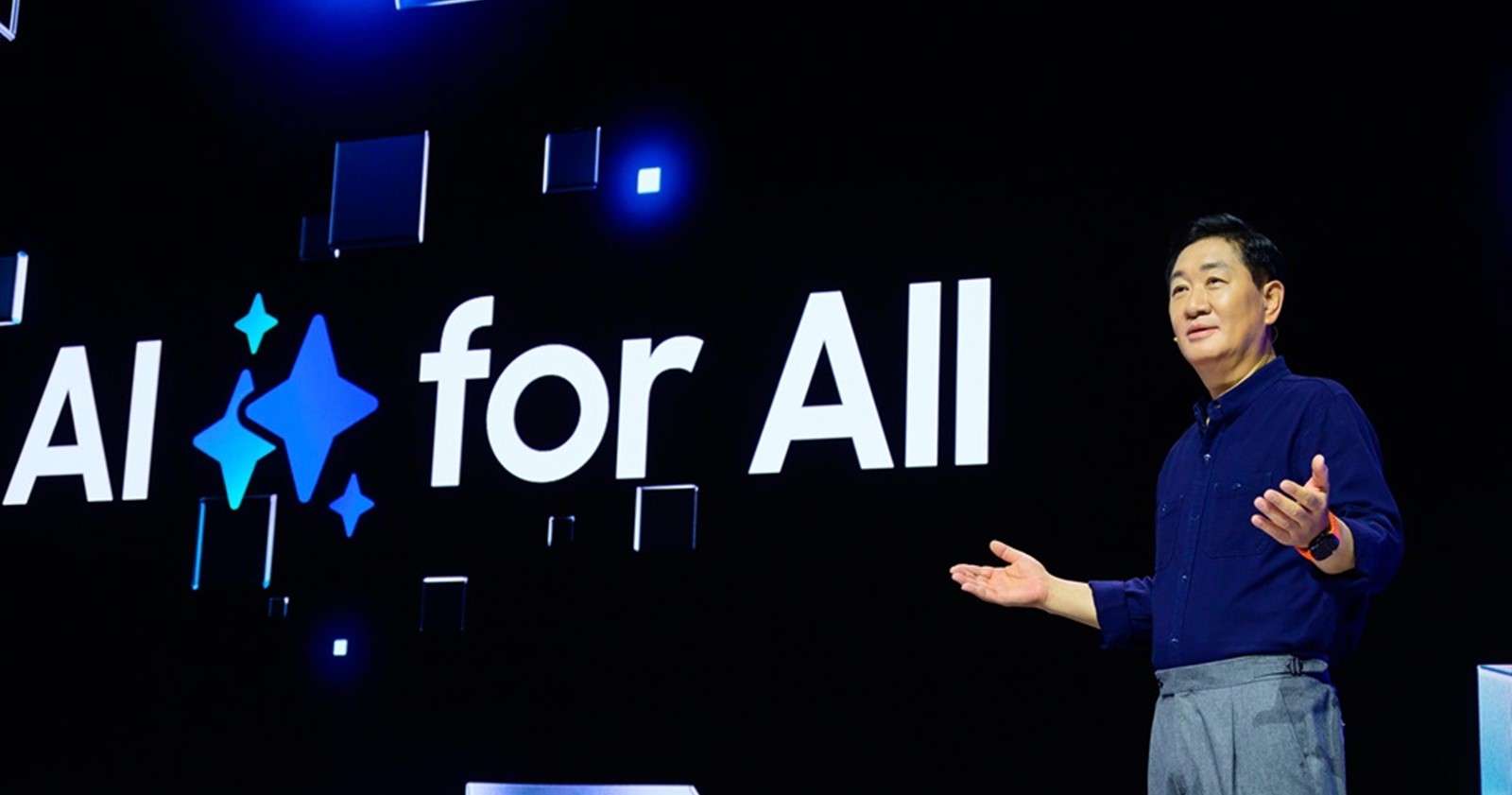Artificial intelligence and Hollywood are at a standoff — one that’s more dramatic than the latest blockbuster. The rise of AI-driven tools, from deepfakes of actors to computer-generated scripts, has creative professionals racing to protect their careers and art forms from becoming collateral damage in tech’s rapid advance. As AI inches closer to replicating, even replacing, human talent, entertainment’s biggest names are drawing a line in the sand.
Take Robert Downey Jr., for instance. Recently, he delivered a stark warning: any studio that dares to create AI replicas of him without permission can expect a legal battle. Downey isn’t alone. As AI becomes more adept at recreating likenesses and voices, actors are asking the same question: If a machine can replicate me, what happens to me? Meanwhile, SAG-AFTRA, representing actors and performers, has taken the fight to the negotiating table. They’ve recently inked a deal with Ethovox, a digital media company, to lay down “essential guardrails” against AI abuse — essentially saying, “Don’t touch unless you ask nicely.”
The entertainment world’s AI anxiety doesn’t end with actors, either. Video game voice actors and performers have also joined the ranks of worried professionals. Amid contract negotiations, SAG-AFTRA continues to battle for these artists to retain control over their digital likenesses and, most importantly, their livelihoods. The industry-wide ripple effects have even reached musicians: earlier this year, over 200 artists demanded legal protections against AI-generated music, urging companies not to train their algorithms on copyrighted tracks. Nile Rodgers, a music legend, put it bluntly — AI-generated music may flood the market with tracks bearing little artistic soul, and he’s not ready to let that happen.
The response to this growing threat has been nothing short of collective resilience. Sony Music Group, a global powerhouse, fired a legal warning shot cautioning more than 700 companies not to use Sony artists’ music to train their algorithms. Musicians know AI is a double-edged sword; it’s capable of producing music but lacks the lived experiences that give human-made music its spark. Nile Rodgers isn’t alone in this sentiment. Many artists echo his view that AI music may have the beats, but it misses the heartbeat — the human connection.
In the visual arts, generative AI has ushered in a new era, and not everyone is thrilled. Artists like ABBA’s Björn Ulvaeus are questioning whether AI dilutes human creativity, even as it opens doors for digital creators. Some, like Refik Anadol, see AI as a partner, using it to expand the creative boundaries of human imagination. Yet traditional artists argue that these tools “borrow” too liberally, feeding on existing works to churn out endless variations that flood the market. Some have described it as a “trickle-down disaster” for creatives trying to sustain their craft.
For writers, the story takes another twist. From Hollywood screenwriters to novelists, AI’s encroachment has led to some surprising alliances and victories. In a historic moment this April, Hollywood writers struck a deal to limit AI’s role in scriptwriting, a move that protects writers from the looming threat of machines penning tomorrow’s box office hits. The win was huge, not just for the writers but for creative professionals everywhere — proof that human-made content still holds power in the eyes of both the law and the audience.
Where does this leave us? Creatives are in a balancing act, juggling the allure of AI’s convenience with the genuine risk it poses to their livelihoods. Some actors and musicians are cautiously collaborating with AI, while others vehemently push back, demanding laws that clearly define where AI’s reach ends and human ownership begins. And while companies like SAG-AFTRA and Sony take a stand, the underlying issue remains: how to navigate a future where machines can replicate nearly anything, but only humans can truly create.
In this era of AI, entertainers and artists are laying down a simple request: they want technology to augment, not replace, the heartbeat behind every story, song, and scene. If anything, entertainment artists and professionals will be hoping that audiences — those who know the difference between something generated and something felt — stand with them.
TechIssuesToday primarily focuses on publishing 'breaking' or 'exclusive' tech news. This means, we are usually the first news website on the whole Internet to highlight the topics we cover daily. So far, our stories have been picked up by many mainstream technology publications like The Verge, Macrumors, Forbes, etc. To know more, head here.


